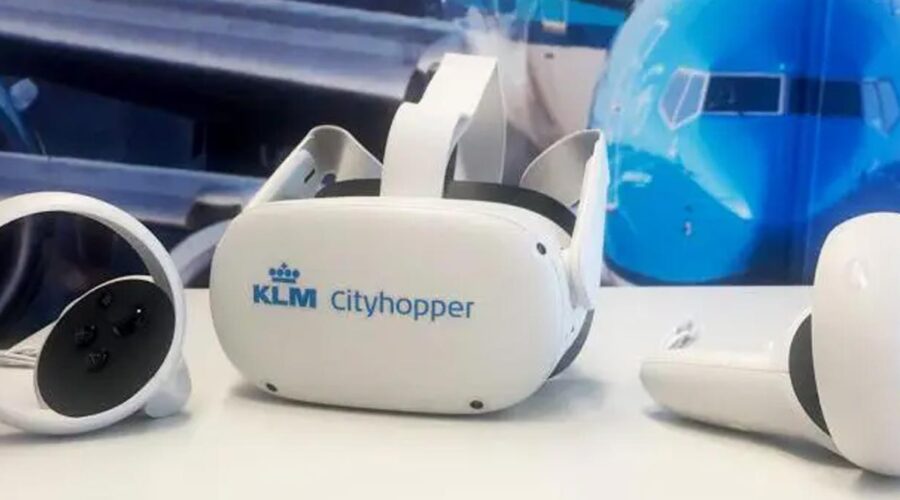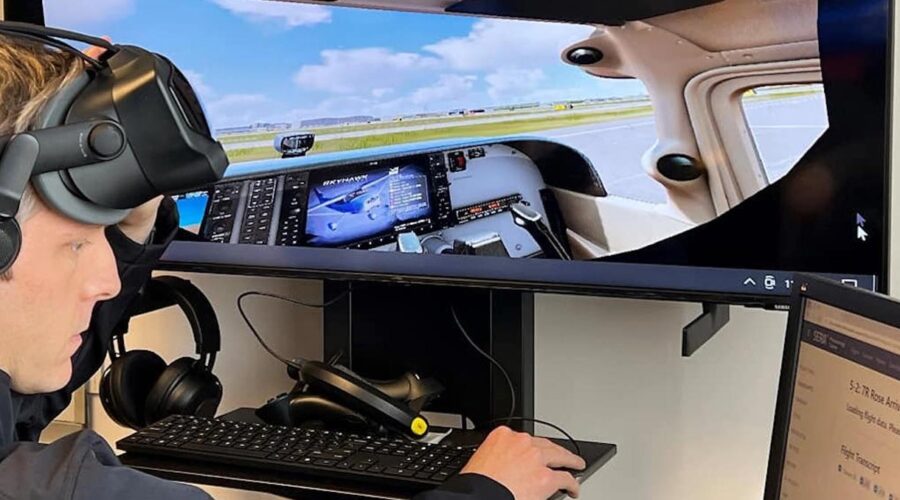360 Degree VR Video for Aviation Training
360-degree VR videos are a valuable tool in aviation training. They provide a safe, immersive, and cost-effective way for trainees to learn and practice critical procedures and scenarios. With the use of VR technology, airlines can train their pilots and crew more efficiently and effectively, ultimately leading to increased safety and reduced costs. As technology continues to evolve, more industries are incorporating virtual reality (VR) into their training programs. The aviation industry is no exception. With the rise of VR, aviation training is becoming more engaging, immersive, and efficient than ever before. In this blog, we will discuss the benefits of using 360-degree VR videos for aviation training.



